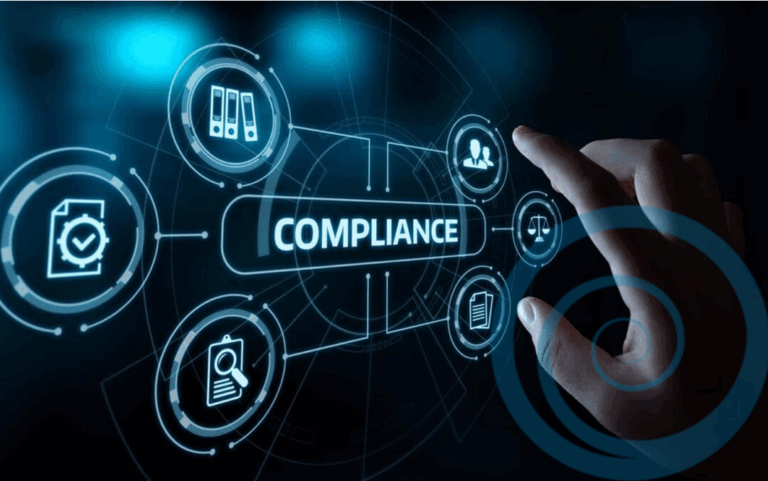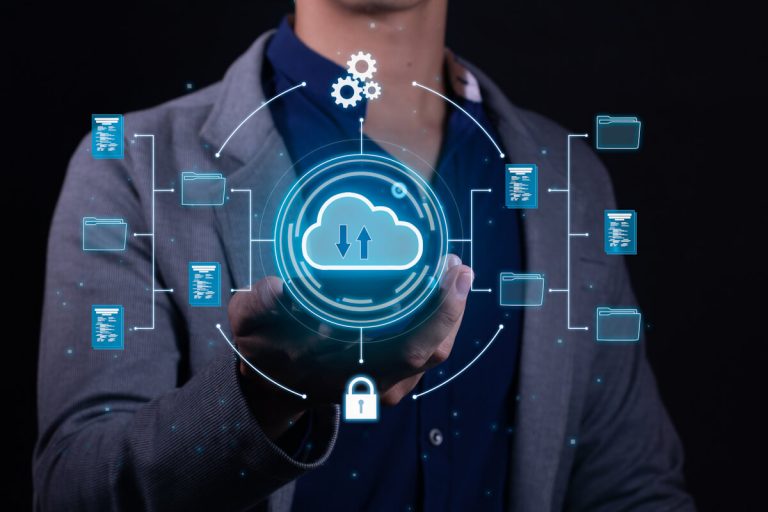For 40 years, the Internal Revenue Service (IRS) has been trying and failing to upgrade the code that powers its tax database.
Forty years is a long time in the world of technology, but consider this: The code is actually older than that. It was written in the 1960s, and while it still works, its survival is tenuous. A recent article in the Wall Street Journal said that, in 2018, there were only 17 developers within the agency who were considered experts in the system.
That was six years ago. How many remain now?
The fits and starts of the IRS upgrade have cost the agency billions so far. The IRS spent $4 billion over 14 years on an upgrade project that was ultimately abandoned. And in the past year alone, the cost to operate and maintain its systems came to $2.7 billion – a $700 million increase over 2019.
Then last month, the agency revealed that a solution is still at least two years away “at the earliest”. While the full extent of the associated price tag is not clear, we can rightly assume it will cost tens of billions of dollars more to bring this archaic and inefficient system into the modern technological age.
The scope and scale of this problem may be unique to the IRS, but the underlying issue is not. We have spoken with many businesses and technical leaders facing similar challenges: Their organizations are powered by legacy code bases that are critical to business operations and desperately in need of modernization. And too many of them are pumping millions of dollars and precious resources into maintaining outdated systems.
The pitfalls of the IRS approach
For companies looking to upgrade a legacy code base, the process typically looks something like this: They hire the biggest and best consultants to document what they hope will be a foolproof solution for the transition from old code base to new. They spend years in the documentation phase and sacrifice all tangible progress.
Here’s what I mean: Let’s take the $4 billion investment over 14 years as an example. The intention behind that project, I’m sure, was good. The agency likely wanted to spend the necessary time and energy to ensure they were going about change in the best possible way. They wanted to identify a flawless solution that would provide a seamless transition and result in as little public backlash as possible. After all, people get pretty fired up about taxes.
The problem is, they get stuck in this phase and spiral towards the drain. It’s nearly impossible to design a perfect plan for modernizing legacy software. And in the process of striving for it, the agency has suffered financially and put itself at technological and political risk.
Companies and technology leaders can find themselves facing the same potential pitfalls.
Financial
As we saw with the IRS, maintaining legacy systems can come at a steep cost that can significantly weigh down a company’s bottom line. There is also financial risk involved in investing in “solutions” that don’t move you toward the end goal of a fully modernized system.
️ Technological
Legacy systems can be inefficient, unstable and vulnerable. When you postpone or prolong an upgrade, you leave your system, your company, and your clients exposed.
️ Political
Technological leaders are tasked with solving tech-related problems. A failure to do so puts these leaders at political risk within their organizations. The same goes for the relationship between companies and their customers: If customers can’t trust the technology of one company, they will take their business to another.
Human
People who understand this legacy code are scarce inside organizations (see above: the only 17 developers within the IRS who were considered experts in the system back in 2018) and dwindling in availability in the market. What few people who are left do not want to spend their mind power documenting and digging through old code.
Generative AI – A new way to upgrade
Upgrading your systems can help avoid these pitfalls, and while reliable solutions may have been hard to come by in the past, that is not the case anymore. The difference maker is generative AI.
Generative AI gives us a new way of thinking about projects that used to require a significant investment of time, money and manpower. It uses natural language processing to read code and other documentation and can consume huge amounts of information with relative ease. As a result, it can accomplish one of the most time-consuming aspects of the modernization process – code documentation – in a fraction of the time of traditional methods.
Let’s look at how generative AI could support the botched IRS upgrade: One of the big problems with a system as old and as complex as the IRS database is documentation of how the code works and what it does. This is a vital step in ensuring the new code can accomplish the same tasks and mirror the functionality of the existing system. The IRS has spent billions of dollars and several decades on this piece of the project so far with no end in sight.
Generative AI could complete this documentation in a matter of months, not years. It fast forwards through the clunkiest part of the process and gets you closer to a viable product, from which point you can test and iterate to solve problems and create a solution that can support existing functionality and make way for important and necessary upgrades.
And here’s the best part: No system or project is too big for generative AI. The technology is trained on the contents of the Internet, so it has already handled more content than any one agency, organization or business could throw its way. Now, we just need to let it do what it does best.
That’s why we built 3PO, an AI-powered code modernization tool that allows companies to migrate their legacy software to a modern technology stack in a fraction of the time and cost of the traditional methods. 3PO leverages generative AI to review your existing software application, extract the core requirements and then rewrite the application in a modern technical stack. And our data shows it accomplishes that work 60% faster than traditional methods.
If you have a legacy code base in need of an upgrade, let the IRS serve as an example of what not to do because now you know there is a better, cheaper, faster and more efficient way.
Want to learn more about how Dualboot Partners and 3PO can support your upgrade?






